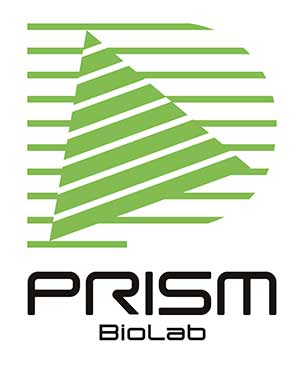Published on: 4月 17, 2024
Do you think it is the age of computer-aided drug discovery (CADD)? The concept of CADD was developed in 1970s Fortune magazine popularized the name.1), 2) It is no doubt that CADD including SBDD and LBDD is raising its value owing to the emergence and sophistication of quantum mechanics, AI-based predictions3) and the intriguing improvement of hardware for computation. The advent of deep learning and data-driven technologies and approaches is seemingly offering us to change the mind in pharmaceutical sciences, especially on drug discovery.4) In a sense, the age of computer-driven drug discovery is coming or even the time has already come.
There is a review on the computational approaches in drug discovery.5) The authors are focusing on the current state and future possibility of computer-driven drug discovery in a broad sense. They concluded computationally driven pipelines represented by building up in silico-in vitro connection is one of the keys for the gene-to-lead process. It enables generation of a pool of diverse compounds with potential potency, selectivity, and PK/PD properties at the same time. It is reasonable because of the necessity of datasets to trigger more sophisticated in silico analyses.
In real, giga scale screening is practically possible now. In the review, examples of protein structure-based screening, ligand and modular synthon-based, and hybrid approaches were summarized in the field of virtual screening. AI-based approaches and its hybrid with other approaches for screening are described. But in many cases, the literature cited in the review just demonstrated their concept and no in vivo data were provided in most cases.
Still, tremendous amounts of problems to be solved to rely on computational methodologies. The authors mentioned realistically the accessibility of chemical spaces. Now is the age of practical giga scale virtual screening and deep learning-based generation of potential molecule structures. However, organic synthesis is still immature field and it is a must to consider the synthesizability in the course of molecule design. When you look at the time course of drug discovery and development, synthesis takes long time ranging from hit discovery to lead optimization.
In order for taking advantage of the resources, the computational approaches support the realization of a short-term generation of a new candidate for the particular target. Just now, computer-aided drug discovery and development is reasonable. But the time will come, considering the recent progress on deep learning research, to initiate computer-driven drug discovery.
PepMetics® library is realistically the chemical library consists of real, on-demand, and virtual, as indicated in this review. PepMetics® molecules in on-demand and virtual library are not present but readily be available due to the robust chemistry from the fragment molecules. It is necessary to establish a short and reliable route to present the irreal library as real one.
Within the chemical space of PetMetics®, we are thinking it is in the reasonably applicable stage in terms of computer-driven approaches thanks to the unique peptidomimetic scaffold. We are contiguously making extension for computational approaches. We hope further collaborative research would contribute to drive a shift from computer-aided to computer-driven approaches so as to enable rapid drug discovery and development.
1) https://doi.org/10.1038/s41586-023-05905-z
2) Bajorath, J. Computer-aided drug discovery. F1000Res. 4, F1000 Faculty Rev-1630 (2015). https://f1000research.com/articles/4-630
3) https://doi.org/10.1186%2Fs13065-023-00939-w
4) https://doi.org/10.1021%2Facs.chemrev.8b00728
5) https://doi.org/10.1038%2Fd41573-022-00025-1

